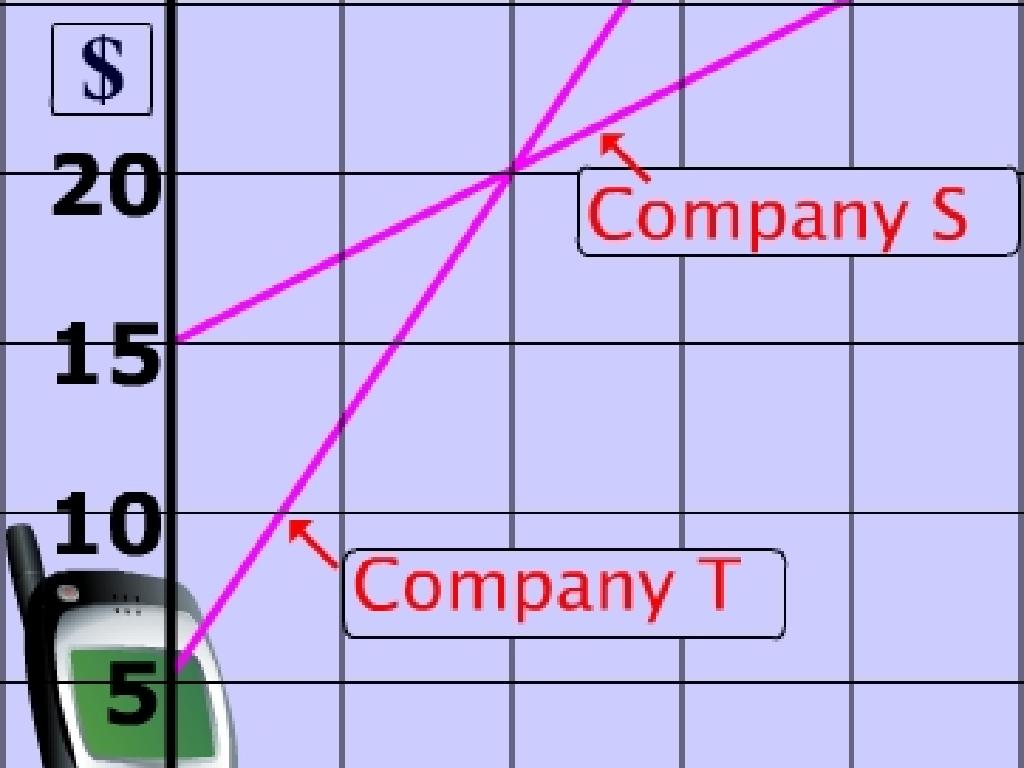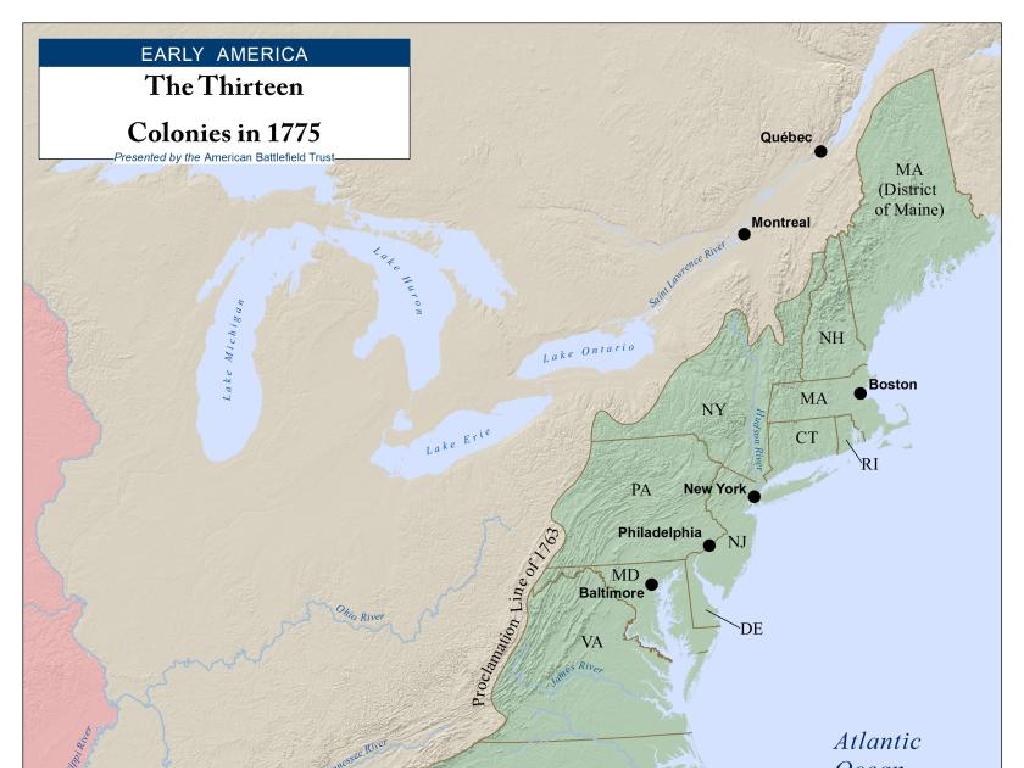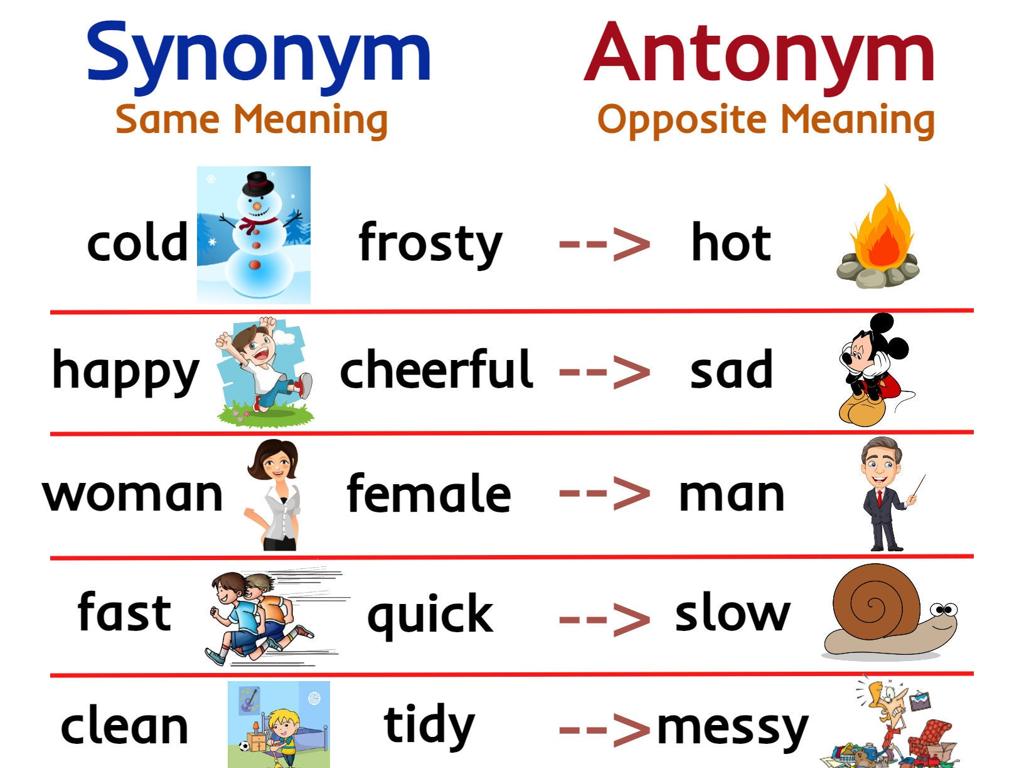Calculate Speed, Distance, And Time Ii
Subject: Science
Grade: Sixth grade
Topic: Velocity, Acceleration, And Forces
Please LOG IN to download the presentation. Access is available to registered users only.
View More Content
Understanding Motion: Speed, Distance, and Time
– What is motion?
– Measuring speed
– Speed is how fast an object moves: speed = distance/time
– Calculating distance and time
– Use the formula: distance = speed x time, time = distance/speed
– Today’s goal: Mastering calculations
|
This slide introduces the basic concepts of motion and how to measure it through speed, distance, and time. Begin by explaining what motion is – the change in an object’s position over time. Then, discuss how speed is a measure of how quickly an object moves. Provide examples, such as a car traveling at 60 miles per hour. Next, explain the formulas for calculating distance and time when one of the other values is known. Emphasize that understanding these concepts is crucial for today’s goal, which is to learn how to calculate these values in different scenarios. Encourage students to think of real-life situations where they might need to calculate speed, distance, or time.
Understanding Speed in Motion
– Speed: Measure of movement
– Speed formula: Speed = Distance ÷ Time
– If a car travels 100 miles in 2 hours, its speed is 50 mph
– Common speed units
– mph for cars, m/s for science experiments
– Calculating speed examples
– Practice with different distances and times
|
This slide introduces the concept of speed as a fundamental aspect of motion, specifically for a sixth-grade science class. Speed is defined as the distance an object travels over a period of time. The formula for calculating speed is presented, and students are introduced to the most common units of speed, such as miles per hour and meters per second. Emphasize the practicality of these units in everyday life and scientific contexts. Provide examples to illustrate how to calculate speed using the formula, and encourage students to think of situations where they can apply this knowledge. For homework, students can measure distances and time taken for various objects to travel, such as toy cars or balls, and calculate the speed.
Calculating Speed: Distance Over Time
– Speed definition: distance divided by time
– Car speed example: 150 miles in 3 hours
– A car travels 150 miles in 3 hours
– Speed calculation: 50 mph
– Divide 150 miles by 3 hours to find mph
– Class activity: Calculate runner’s speed
– Convert 5k to meters and minutes to seconds, then divide
|
This slide introduces the concept of speed and how to calculate it using the formula speed = distance ÷ time. Start with the example of a car traveling 150 miles in 3 hours to find the speed in miles per hour (mph). Explain that to calculate speed, you divide the distance by the time taken. For the class activity, guide students to convert the 5k race distance into meters (5000 meters) and the time into seconds (25 minutes x 60 seconds/minute = 1500 seconds), then divide to find the runner’s speed in meters per second (m/s). This exercise will help students practice unit conversion and speed calculation, reinforcing their understanding of the relationship between distance, time, and speed.
Understanding Distance in Motion
– Definition of distance
– Distance measures how much ground an object has covered.
– Distance calculation formula
– Use the formula: Distance = Speed × Time to find how far something traveled.
– Common units of distance
– Distance is measured in miles (mi), meters (m), or kilometers (km).
– Applying the concept
– Let’s calculate how far a car travels in 3 hours at 60 mph.
|
This slide introduces the concept of distance as part of the broader topic of motion. Distance is a scalar quantity representing the total path length traveled by an object. It’s crucial to differentiate between distance and displacement, as distance does not account for direction. The formula for calculating distance is a fundamental relationship in physics, tying together speed and time. Use real-world examples, such as the distance a car travels, to help students grasp the concept. Encourage students to think of scenarios where they have measured distance, perhaps while traveling or playing sports, to make the concept relatable.
Calculating Distance
– Understanding distance calculation
– Train example: 60 mph for 2 hours
– A train travels 60 miles in 1 hour, so in 2 hours, it will cover 120 miles.
– Distance equals speed times time
– Use the formula: Distance = Speed × Time to calculate.
– Practice with a cyclist’s journey
– If a cyclist goes 10 m/s, how far in 1 hour (3600 seconds)?
|
This slide is aimed at helping students understand how to calculate distance using the formula Distance = Speed × Time. Start by explaining the concept of distance as the total length of the journey. Use the train example to show a practical application of the formula, emphasizing units (miles per hour and hours). Then, present the practice problem involving a cyclist to reinforce the concept. Make sure to explain the conversion of time from hours to seconds for consistency with the speed’s units (meters per second). Encourage students to solve the problem and be ready to discuss their approach in the next class.
Understanding Time in Motion
– Time as motion duration
Time measures how long it takes for an object to move.
– Time calculation formula
To find time, divide the distance by the speed: Time = Distance ÷ Speed.
– Common time units
Seconds (s), minutes (min), and hours (h) are units to measure time.
– Time’s role in speed and distance
|
This slide introduces the concept of time as it relates to motion, an essential component in calculating speed and distance. Time is the measure of the duration over which an object moves. To calculate time, students should understand the formula where time is equal to the distance traveled divided by the speed at which the object moved. Emphasize the importance of units when measuring time, as calculations may require converting between seconds, minutes, and hours. Provide examples of different scenarios where calculating time is necessary, such as determining the duration of a car trip or the time it takes for a runner to complete a race.
Calculating Time in Motion
– Time calculation example
– A jogger runs 9 miles at 3 mph, how long to complete?
– Time = Distance ÷ Speed
– To find time, divide the total distance by the speed.
– Practice Problem
– A spaceship travels 300,000 km at 100,000 km/hr, journey time?
|
This slide introduces the concept of calculating time based on distance and speed. Start with the example of the jogger to show a simple calculation. Explain that time can be found by dividing the distance by the speed. For the practice problem, guide students to apply the formula to a more imaginative scenario involving a spaceship. This will help them understand the concept in a fun and engaging way. Encourage students to solve the problem during class or as homework to reinforce their learning. Discuss the solution in the next class to ensure understanding.
Understanding Velocity
– Velocity: Speed with direction
– Velocity is not just speed; it includes direction like ‘north’ or ’60 mph east’
– Changes in velocity
– Velocity changes with different speeds, directions, or both. For example, turning a corner at the same speed changes velocity
– Vector quantity explained
– A vector has size (magnitude) and direction. Velocity tells us how fast and where
– Calculating velocity
– Use the formula velocity = distance/time with a direction to find velocity
|
This slide introduces the concept of velocity as part of the broader topic of motion in physics. Velocity is defined as speed with a specified direction, making it a vector quantity. It’s crucial for students to understand that velocity is not solely about how fast something is moving but also the direction in which it’s moving. Changes in either speed or direction result in a change in velocity. Emphasize the vector nature of velocity by discussing examples such as a car moving ’60 mph east’ versus ’60 mph west’. To calculate velocity, use the formula velocity = distance/time and include the direction. Encourage students to think of real-life scenarios where velocity changes, like a bus taking a sharp turn or an airplane altering its course.
Class Activity: Speed Calculation Race
– Pair up and solve problems
– Time classmates with stopwatches
– Calculate each classmate’s speed
– Use the formula: speed = distance/time
– Compare and discuss results
|
This interactive class activity is designed to help students apply the concepts of speed, distance, and time in a practical setting. Students will work in pairs to solve problems related to these concepts. Provide each pair with a stopwatch and assign them a set distance to measure the time it takes for their classmates to walk. Once the data is collected, guide them to calculate the speed using the formula speed = distance/time. Encourage students to compare their results with others to understand variations in speed. Possible activities include timing different types of walks (e.g., normal, brisk, or backwards), using different distances, or adding obstacles to understand the effect on speed. This will help students grasp the relationship between speed, distance, and time more concretely.
Wrapping Up: Speed, Distance, and Time
– Recap: speed, distance, time
Speed is how fast an object moves, distance is how far it travels, and time is how long it takes.
– Homework: practice worksheet
Solve problems to reinforce today’s lesson and prepare for the quiz.
– Next class: acceleration intro
We’ll explore how velocity changes with time – get ready!
– Understanding velocity
Velocity includes speed and direction of an object’s movement.
|
This slide serves as a conclusion to the lesson on calculating speed, distance, and time, summarizing the key concepts. The homework assignment is a worksheet that provides additional practice problems to help students solidify their understanding of these concepts. It’s important to remind students that speed is the measure of how quickly an object moves, distance is the total path taken by the object, and time is the duration of the journey. Velocity is a vector quantity that includes both speed and direction. The next class will introduce acceleration, which is the rate at which velocity changes. Encourage students to review their notes and complete the worksheet to be well-prepared for the upcoming lesson on acceleration.






